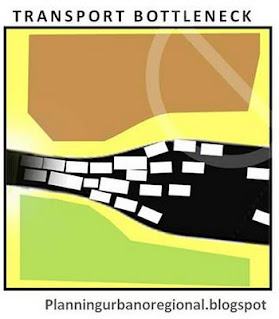Municipal Revenue generation through Taxation in India
“Local Self Government becomes meaningless in the absence of financial autonomy. It enjoys the power of imposition of local taxes. The municipal bodies must have a wider scope of collection of revenues”
(Source: UIDSSMT)
ULBs have invented many channels and instruments of revenue generation in course of time due to urgency of handling growth, some of the tax sources both conventional and non-conventional, are mentioned below.
TAXES/FEES
CONVENTIONAL MUNICIPAL REVENUE SOURCES
Composite Property Tax
Water Charges
Sewerage Charges
Conservancy Charges
Building Permit Fee
Development Charges
Trade Licensing Fee
Advertisement Tax
Shop Room Rent
OTHER GENERAL MUNICIPAL REVENUE SOURCES
House Tax
Show Tax
Building Plan Fee
Tax on the consumption of Electricity
Sale of liquor
Cess on the transfer of immovable property
License for Dangerous and Offensive trades
Rates are varied in respective ULBs
Rehari License Fee
Tehbazari Tax
Slaughter House Fee
Cattle Pound Fees
Birth & Death Certificate Fee
Copying Fee
Tree Cutting Fee
Library Membership
Ground Tax
Vehicle License Fee
Death & Birth Reg./ Late Fee
Forest /Garden Income
Dog License Fee
Animal Tax (Cattle Pound)
Trade License Fee
Tax on advertisement other than advertisement published in the newspaper.
NON-CONVENTIONAL MUNICIPAL REVENUE SOURCES
Vacant Land Tax
Service Taxes
Surcharge on Land Registration Duty
Water Supply Donations
Water Supply Connection Charges
Water Benefit Tax
Water Betterment Charges
Sewerage Donations
Sewerage Connection Charges
Sewerage Benefit Tax
Sewerage Betterment Charges
Bulk Garbage Collection Charges
Betterment Charges
External Betterment Charges
Open Space Contribution
Impact fee
Transferable Development Right
Premium FSI
Sub-division charges
Planning Permission Betterment
Road Cutting Charges
Street Tax
Frontage Tax
Cess on Infrastructure
Motor Vehicle Tax/Surcharge
Tax on Petrol and Diesel
Business License Fee
Hoarding Charges,
Advertisement Placement Fees,
Cable TV Fee,
TV Advertisement Charges
Royalty on Auctions
INNOVATIVE /UNIQUE MUNICIPAL REVENUE SOURCES
General Obligation Bond/ Municipal Bond
Awarding of development rights,
Town planning schemes (TPS)
Plot/layout readjustment
Additional FSI/FAR
Goodwill auctions
Bank linkages (for Urban Poor)
Capital-based property tax system
Land banking
Transferable development rights (TDR)
Special Education tax
Pilgrim
Octroi
Special and General Sanitation
Shows
Toll on Vehicles,
Timber
Terminal
Menial Domestic Servants
Artisans
Entertainment Tax
SOME OF THE UNIQUE REVENUE STREAMS (THROUGH FEES/ CHARGES) OF MUNICIPALITIES ACROSS MAJOR STATES IN INDIA
Registration Fee
Mutation Fee
Market Fee
Trade License Fee
Compounding Fee
Slaughter House Fee
License Fee
Betterment / Development Fee
Fire Brigade
Public Health
Swimming Bath Fee,
Stock Registration
Cattle Pound Fee
Teh Bazari Fee
Pilgrim
Scavenging
Prevention of Food Adulteration Fee
Dangerous and Offensive Trade License Fee
Animal Registration Fee
Compounding Fee
Warrant Fee
Bus Stand Fee
Copying Fee
Cart Stand Fee,
Encroachment Fee
Fees from burning ghats
Birth and Death Registration Fee
Sources:










